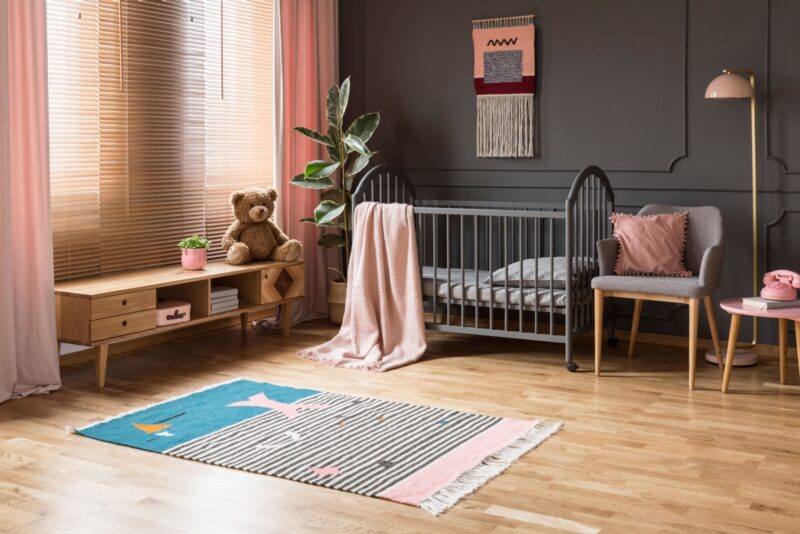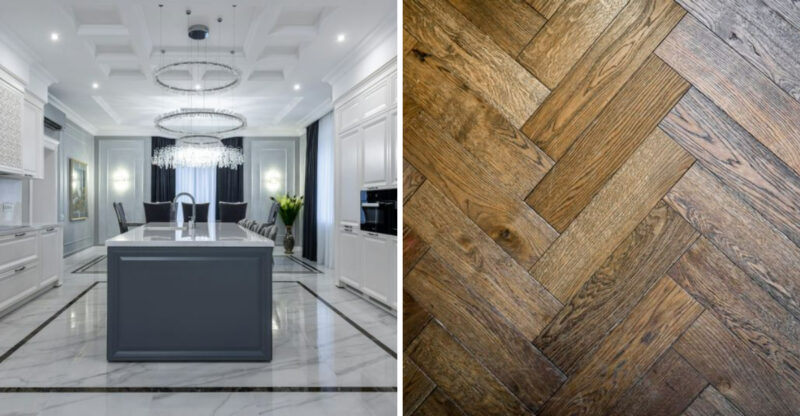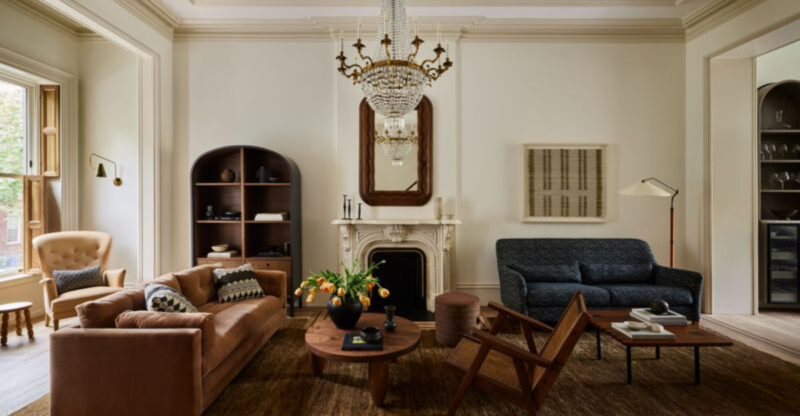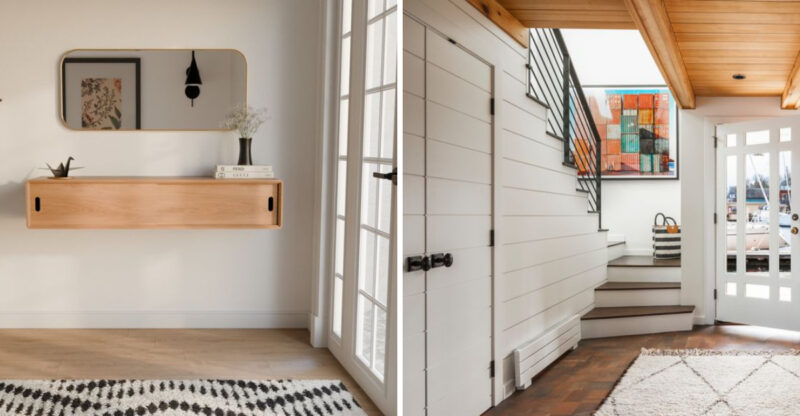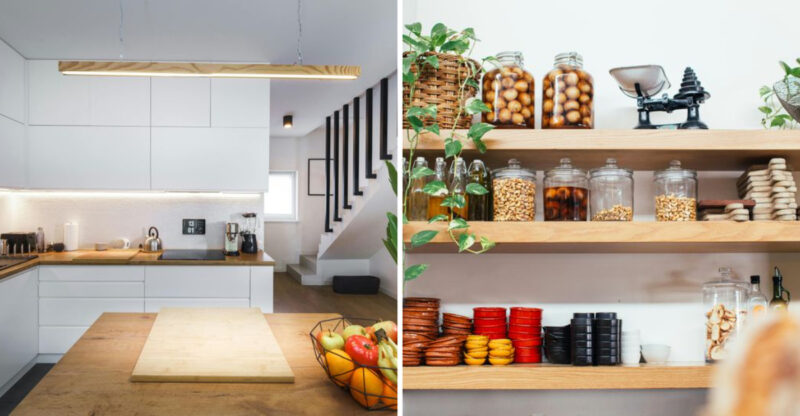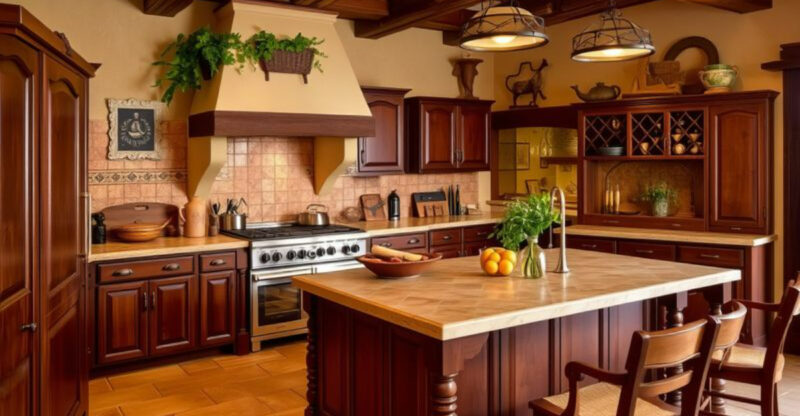21 Interior Design Trends Designers Are Ready To Leave Behind In 2025

Wondering which interior design trends are getting the boot in 2025? You’re not alone. As our tastes evolve and homes become more personalized than ever, certain styles are quietly slipping out the back door.
Whether it’s overused palettes, dated materials, or once-loved accents that now feel tired, designers are ready to move on.
In this guide, I’ll walk you through 21 trends losing steam why they’re fading, what’s replacing them, and how to keep your space feeling fresh, current, and uniquely you.
1. All-Gray Interiors
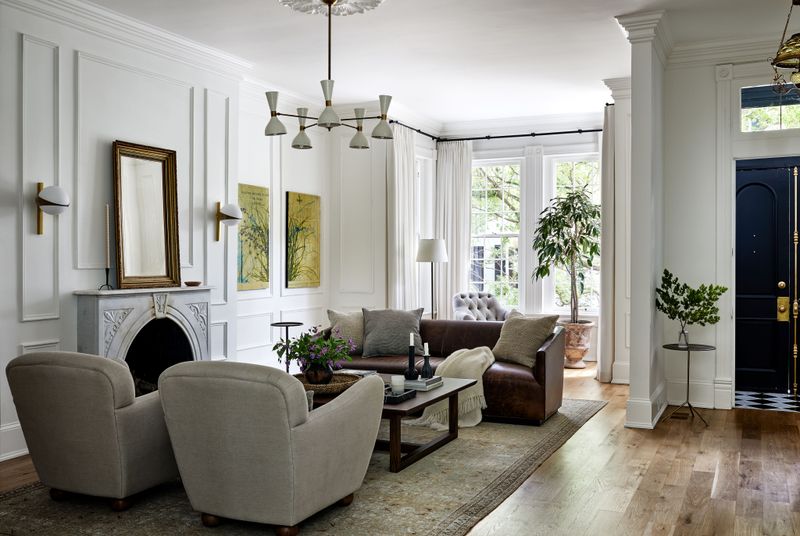
If you remember the gray obsession from a few years ago, you’re not alone. I’ve noticed how all-gray interiors can make spaces feel cold and uninspired, stripping away warmth and personality from even the sunniest homes.
Sometimes, what begins as chic can start to feel dreary over time. When you crave vibrancy, the monochrome gray scheme just doesn’t deliver comfort or joy. Pops of color are finally making their way back onto the scene, leaving gray in the dust.
Designers everywhere are craving rooms that feel energetic or soothing, not sterile. 2025 is all about breathing life and optimism into our homes.
2. Industrial Overload
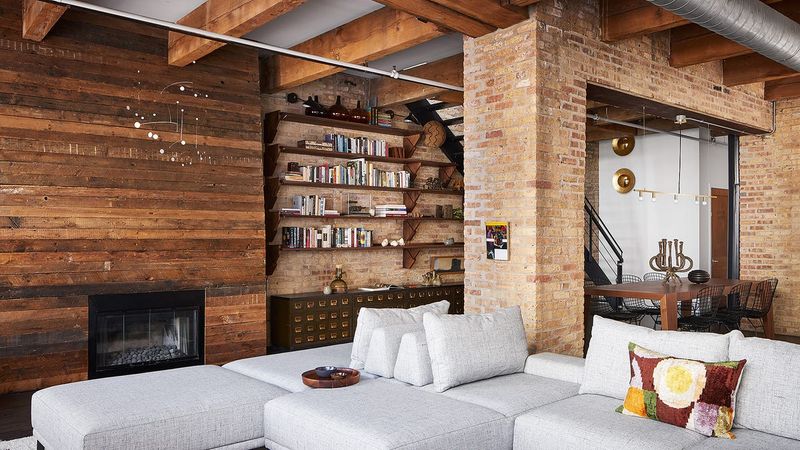
Did you ever walk into a space that felt more like a factory than a home? I’ve seen the industrial trend go from trendy to overwhelming, especially when every room looks like a converted warehouse.
Everywhere I look, there are raw brick walls, exposed metal, and harsh lighting. It’s inspiring at first, then starts to feel impersonal and cold. A home should offer comfort—not just show off its structure.
Designers are shifting gears, softening spaces with natural textures and less mechanical elements. Industrial overload is making its final exit in 2025.
3. Fast Furniture
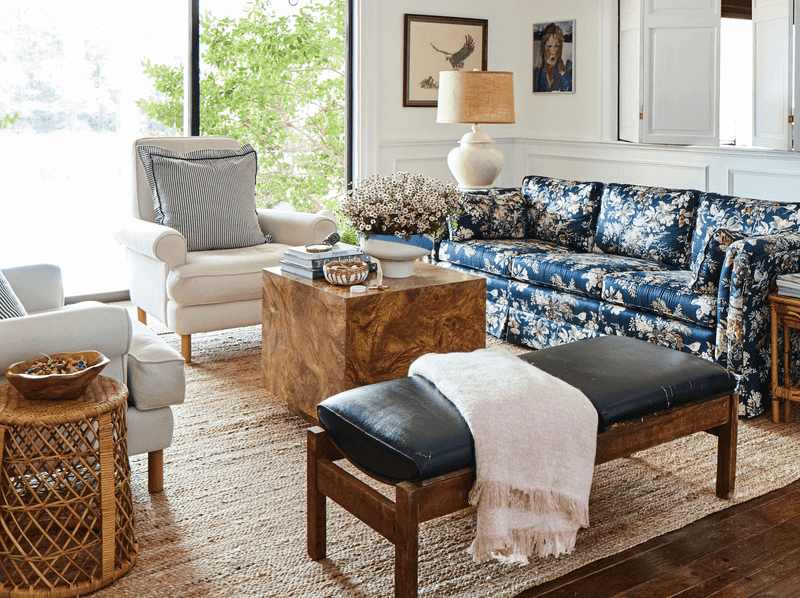
Fast furniture might seem like a quick fix, but the excitement wears off when pieces wobble or break within months. Where sustainability is concerned, these disposable items leave a heavy mark on the planet.
I’ve witnessed how fast furniture clutters living spaces without adding heart or character. The trend is losing its appeal as homeowners look for quality and longevity.
People now want investment pieces with stories, not just placeholders. Designers are moving towards more sustainable, lasting choices by 2025.
4. Barn Doors Everywhere
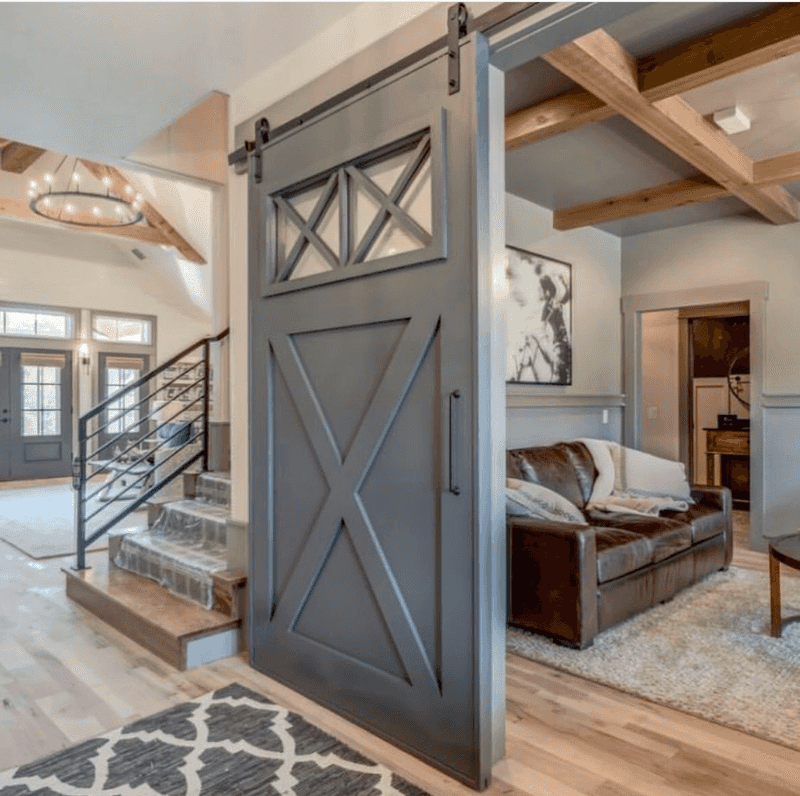
How many barn doors does it take before a trend feels forced? I remember when these sliding doors brought a rustic touch, but lately, they’re everywhere—even where they don’t belong.
Functionality isn’t always a given, and barn doors often lack proper soundproofing or privacy. I find the look jarring in urban apartments and contemporary spaces.
Designers are saying goodbye to this trend, favoring doors that suit a home’s character. By 2025, barn doors will be less of a feature and more of a footnote.
5. Word Art Decor
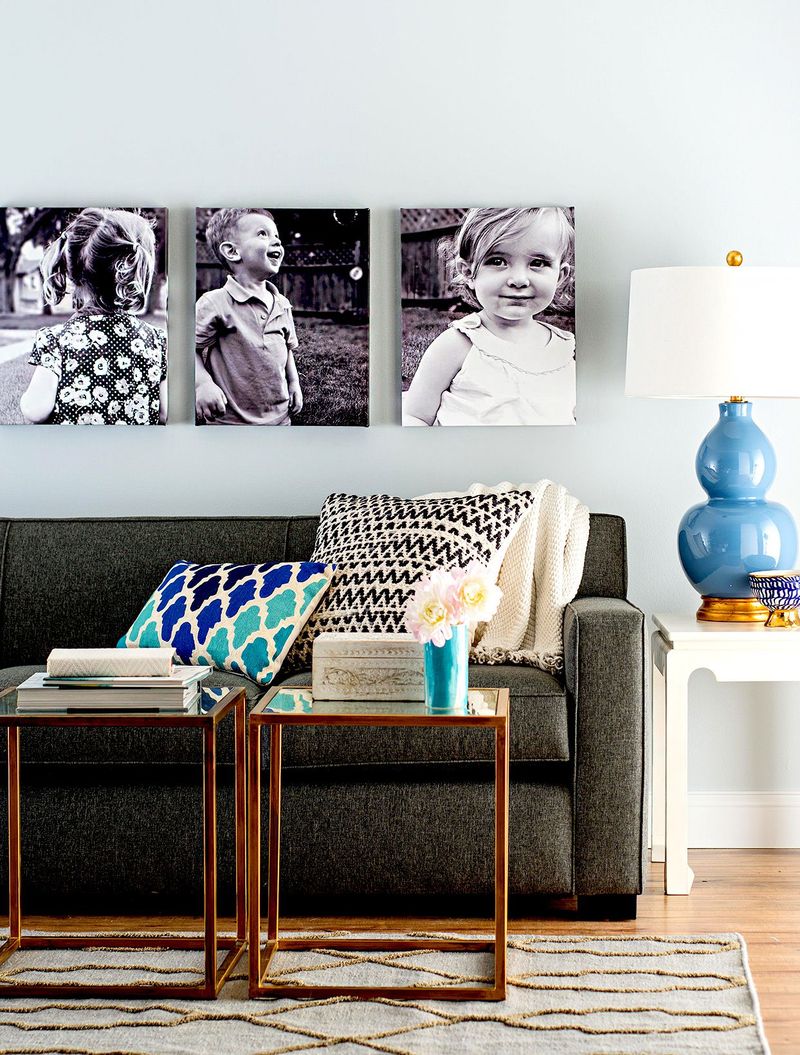
When I spot block letters spelling out ‘Live, Laugh, Love,’ I can’t help but smile—and cringe a little. Word art was meant to inspire, but it’s become cliché and predictable.
If you want your style to speak for itself, consider unique artwork or personal photos instead. The trend now feels repetitive, offering little originality or personal touch.
Designers are choosing more meaningful expressions through art and decor, leaving mass-produced word art behind in 2025.
6. Accent Walls in Bold Paint
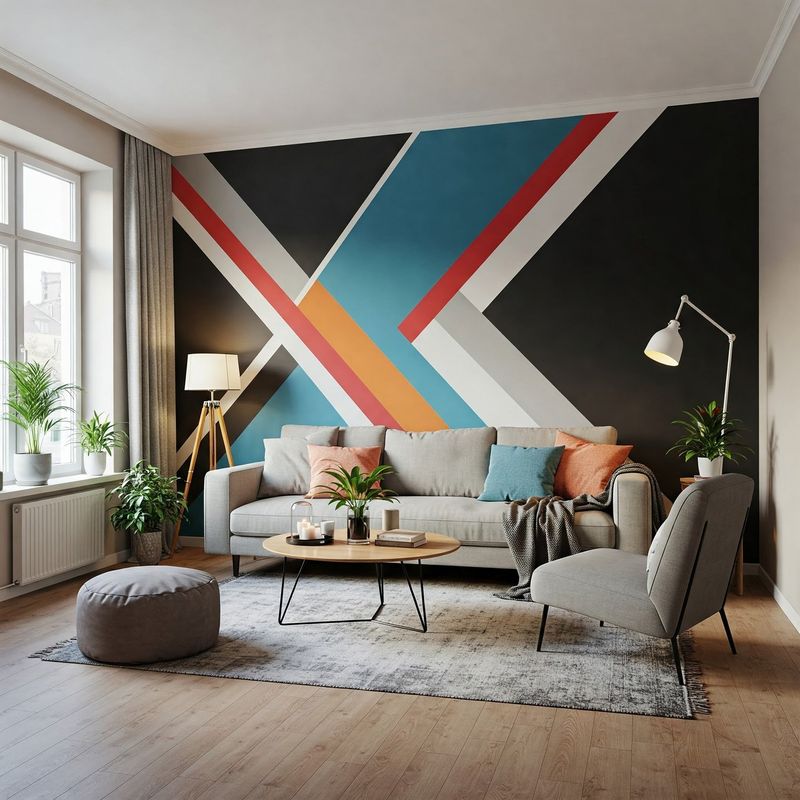
Are you still clinging to that one bright wall? I used to love the punch of color, but now bold accent walls feel abrupt and incomplete. The effect is often disjointed, drawing attention away from the rest of the room.
In 2025, designers are seeking harmony. Saturated accent walls are giving way to more cohesive palettes or subtle color transitions.
If you want energy in your space, try layered tones or textured materials. Bright, lonely accent walls are on their way out.
7. Too Much Open Shelving
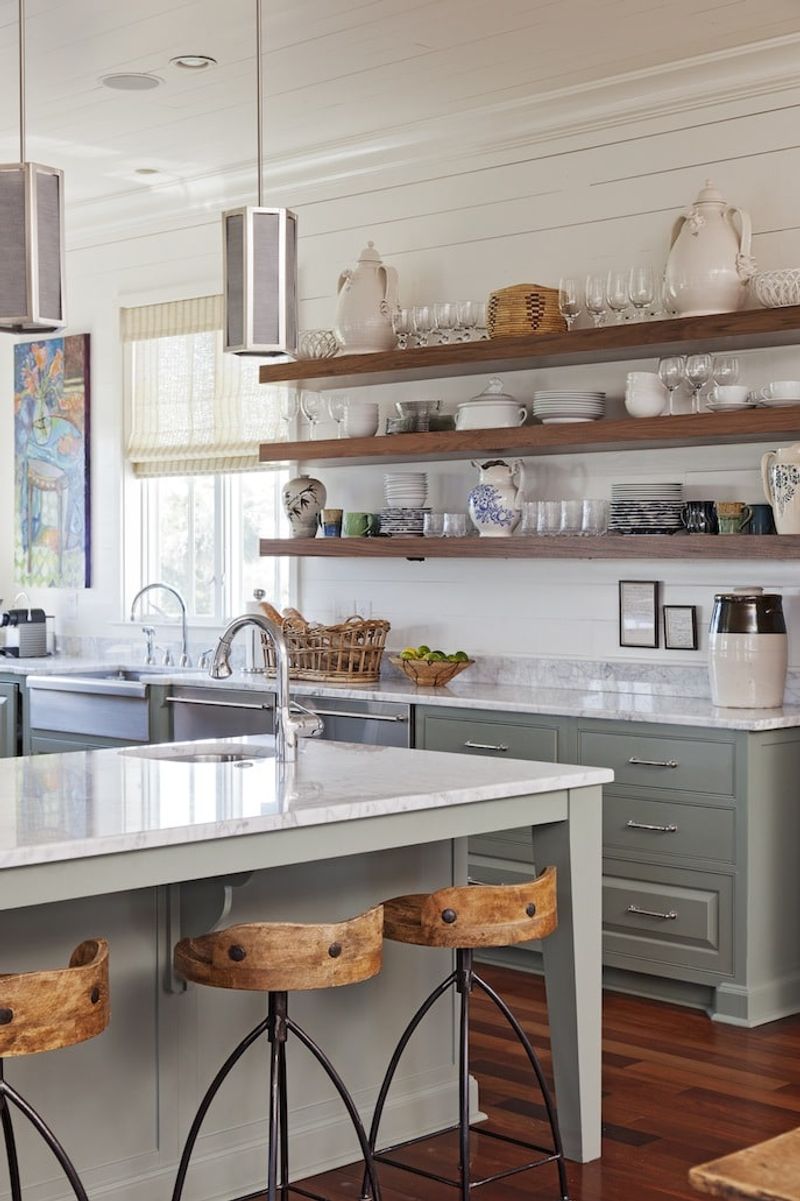
If you’ve ever spent time dusting every plate on an open shelf, you know the struggle. Open shelving started as a way to showcase pretty dishware, but too much of it just brings chaos.
I find that open shelves make kitchens look messy unless you’re a minimalist at heart. It’s hard to keep everything picture-perfect, and clutter quickly becomes the focal point.
Designers are dialing back, favoring closed storage for a tidy, serene atmosphere in 2025.
8. Fake Plants Overload

This one hits close to home—plastic leaves everywhere, trying to mimic nature. While fake plants offer zero maintenance, the overuse has made spaces feel inauthentic and cheap.
Real plants breathe life and freshness into a room. I see designers embracing organic, living greenery or, for those with allergies, opting for artistic natural decor.
By 2025, homes with too many artificial plants will look dated. A little green goes a long way, especially when it’s real.
9. Boho Overload
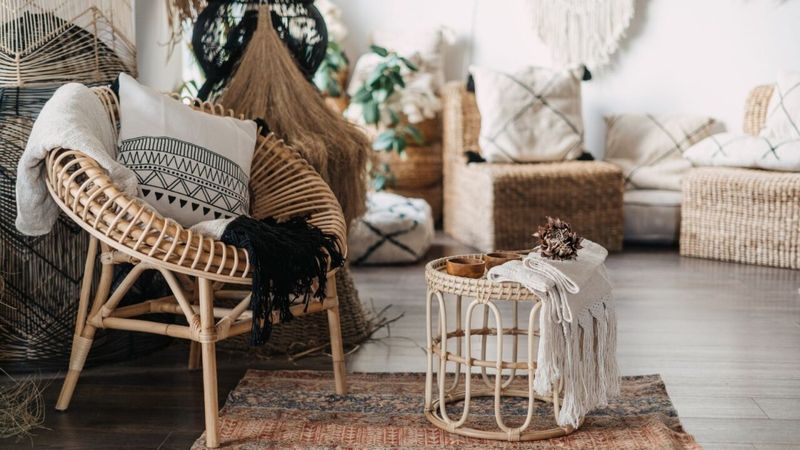
Where has all the breathing room gone? Boho style, once a free-spirited favorite, has become suffocating when layered to excess. I’ve seen spaces drown in tassels, patterns, and fringe.
The coziness vanishes when there’s nowhere to rest your eyes. In 2025, designers are scaling back, choosing quality crafts over an explosion of textures and colors.
A few curated pieces can express personality better than a riot of decor. Boho maximalism is fading fast.
10. Overly Minimalist Spaces

When is less actually too little? I’ve walked into homes where minimalism feels less like a choice and more like a lack of comfort. Everything’s white, and personality is nowhere to be found.
It’s easy to fall into the trap of too little, forgetting that homes need warmth and human touch. In 2025, minimalism is evolving—think inviting, lived-in finishes instead of blank slates.
Designers are ready to bring back softness, texture, and life into pared-down spaces.
11. Matching Bedroom Sets
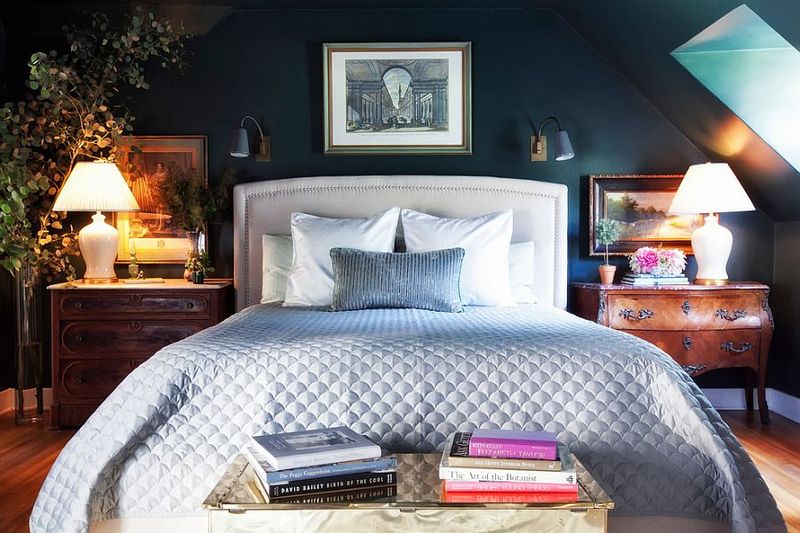
How often do you see a bedroom that looks like it came straight from a catalog? Matching sets once promised harmony, but now they strip away uniqueness and personal flair.
Mixing and matching has more charm; it invites creativity and tells your story. In 2025, designers are saying goodbye to the one-note look of uniform furniture collections.
Personalized spaces make a home memorable. It’s time to add character and mix things up a bit.
12. Wall-to-Wall Carpeting
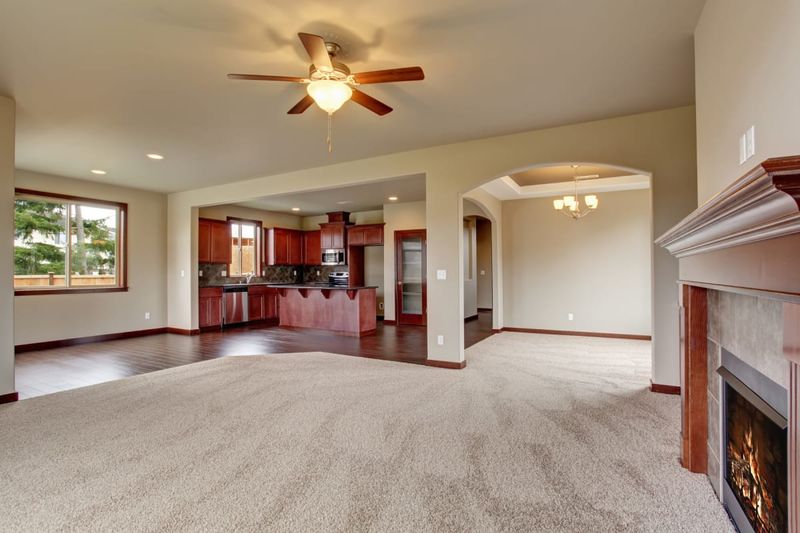
Wall-to-wall carpeting was once a cozy staple, but now it feels dated and hard to maintain. I find that it traps dust and allergens, making it a less healthy choice for many families.
Hard floors with layered rugs allow for more flexibility and easier cleaning. Designers are opting for surfaces that are both practical and stylish.
In 2025, wall-to-wall carpet is rapidly being replaced with hard flooring and statement rugs.
13. Heavy Tuscan Decor
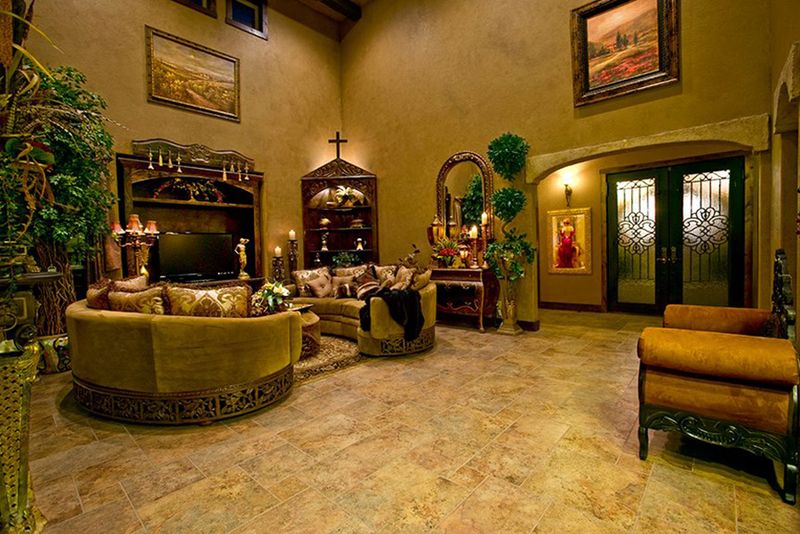
Tuscan decor may remind you of a sun-soaked villa, but these days, it often feels heavy and outdated. I’ve seen rooms buried under faux finishes and ornate details that stifle natural light.
There’s beauty in rustic simplicity, but the trend has veered into excess. Designers are trading thick textures and dark palettes for airy, modern touches.
In 2025, homes are leaning into ease and authenticity over imitation Italian grandeur.
14. Mass-Produced Art Prints

When every home has the same cityscape or abstract print, individuality slips away. I notice rooms start to blend together, lacking the spark that personal art brings.
It’s easy to grab art off the shelf, but curated or handmade pieces tell your story. Designers in 2025 are encouraging unique finds, supporting local artists, and displaying personal photos.
Mass-produced prints are fading, making way for creative self-expression on the walls.
15. Overly Themed Rooms
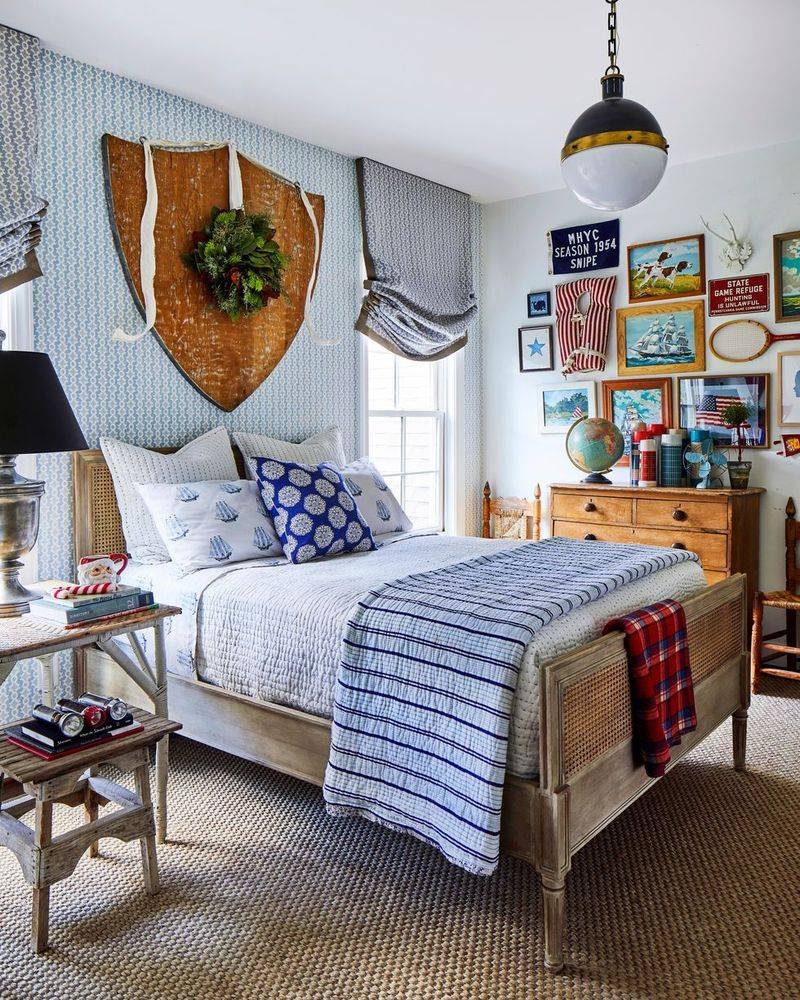
How deep can a theme go before it becomes a costume party? I’ve stepped into rooms where the theme overwhelms everything else, making the space feel more like a set than a sanctuary.
In 2025, designers are pulling back on heavy-handed themes, preferring subtle nods and versatile touches. Rooms need to grow with you, not trap you in a single idea.
It’s all about flexibility—letting your interests shine, but not dominate.
16. Faux Finishes
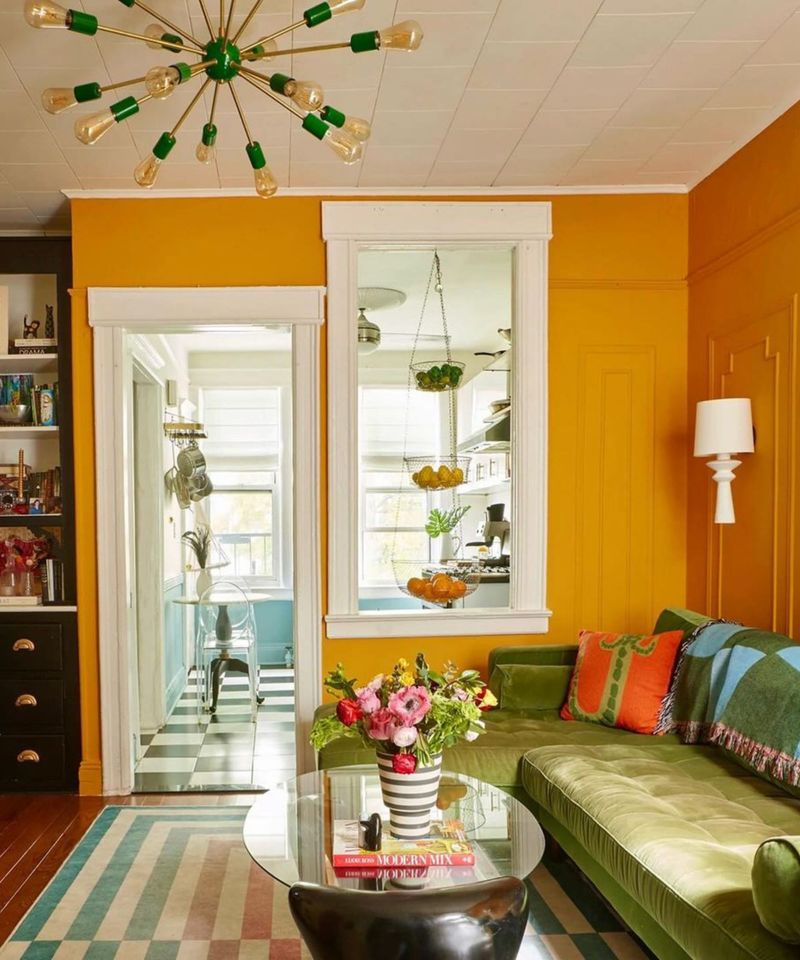
Did you ever notice how faux finishes can feel like they’re trying too hard? I’ve watched walls painted to look like marble or stone quickly lose their charm.
Real materials tell an honest story, and they age gracefully. Designers are moving away from imitations and embracing the genuine character of wood, stone, or plaster.
By 2025, faux finishes will be taking a back seat to authentic surfaces that stand the test of time.
17. Sliding Mirror Closet Doors
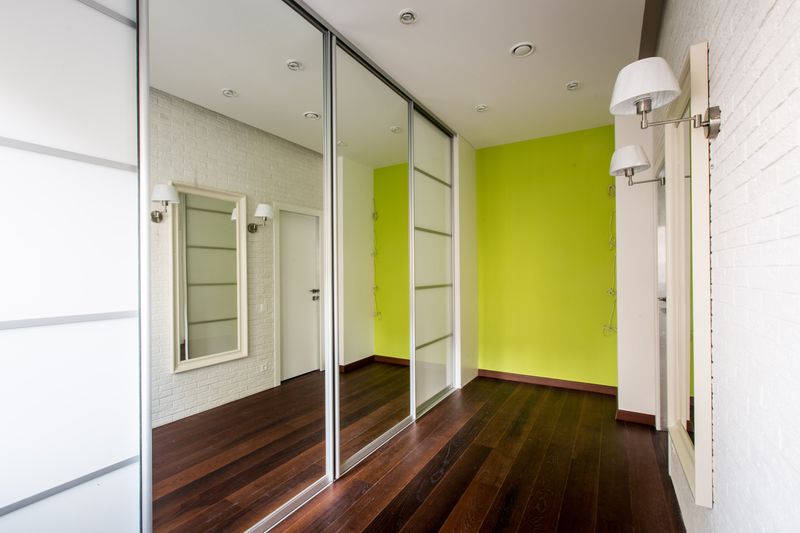
When mirror doors were new, they promised light and space. Now, I find they reflect more clutter than style. Sliding mirror closet doors are relics of a bygone era, making rooms feel impersonal and sometimes awkward.
Designers are moving to paneled doors or creative storage solutions. Mirrors have their place—but not always on every closet.
In 2025, this 1980s staple is bowing out in favor of modern, sophisticated alternatives.
18. Overuse of Shiplap
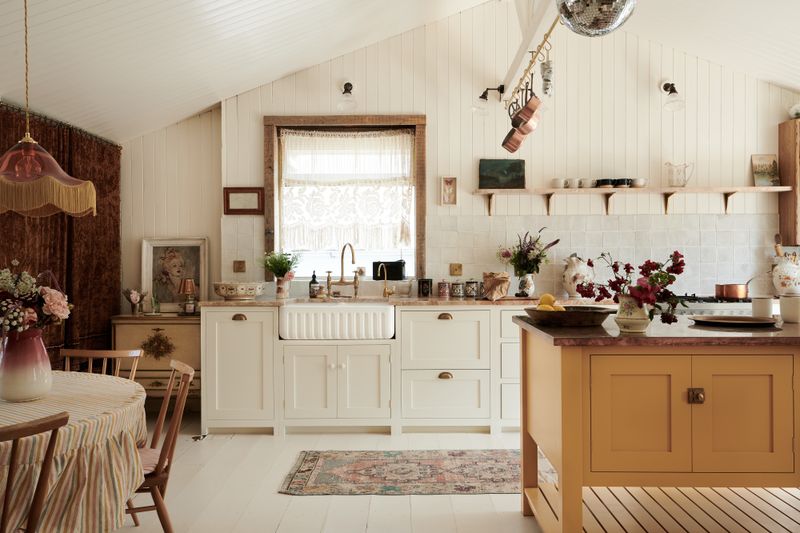
How much shiplap is too much? I’ve seen entire homes wrapped in white planks, losing their appeal through sheer repetition. What started as farmhouse charm now feels overworked and predictable.
Designers are using shiplap more sparingly, letting it highlight a feature rather than overpower a room. By 2025, restraint is the new rule.
Fresh wall treatments will take its place, giving rooms more distinct personalities.
19. Cool-Toned Lighting
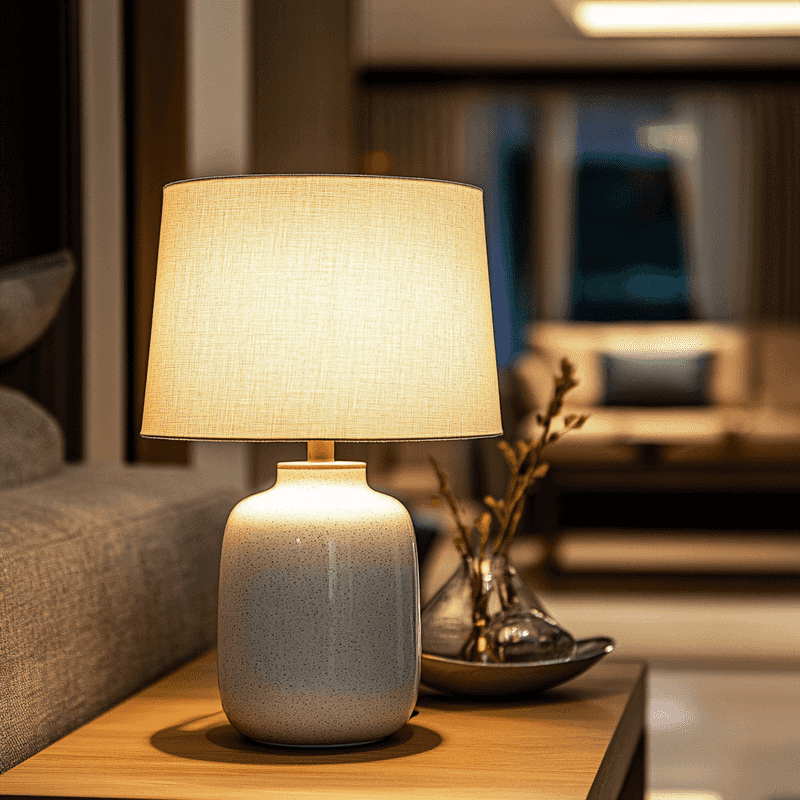
Cool-toned lighting might seem modern, but I find it creates a chilly, uninviting atmosphere. When a home feels more like an office, it’s hard to relax or enjoy the space.
Warm lighting is making a big comeback, bringing comfort and a sense of belonging. Designers are recommending softer bulbs and layered light sources for a welcoming glow.
By 2025, expect to see the end of blue-white lighting in favor of golden, human-friendly hues.
20. Overdecorated Bathrooms
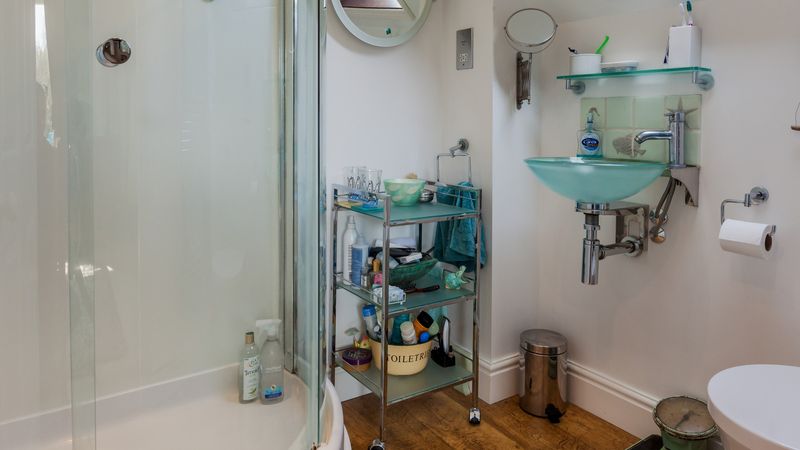
It’s easy to get carried away with bathroom decor. I see cluttered shelves, themed towels, and too many trinkets making a small space even smaller.
In 2025, designers are prioritizing function, breathing room, and a touch of luxury over over-the-top displays. The goal now is a simple, relaxing retreat.
Bathrooms deserve space to shine—without being smothered by stuff.
21. Ultra-High Gloss Finishes
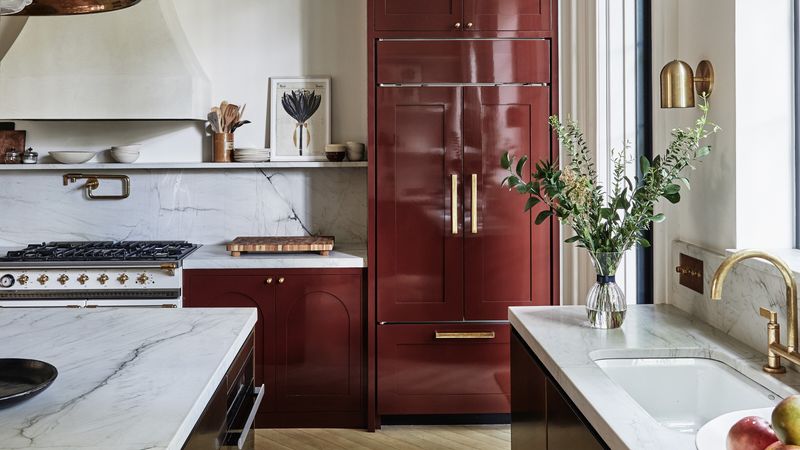
Ultra-high gloss cabinets once felt futuristic, but now they just highlight every fingerprint and smudge. I’ve seen how they demand constant cleaning and steal warmth from a kitchen.
Designers are turning towards matte and satin finishes that offer depth without the glare. The trend is shifting toward understated elegance in 2025.
If you crave a kitchen that feels welcoming, it’s time to let go of the glossy shine.

